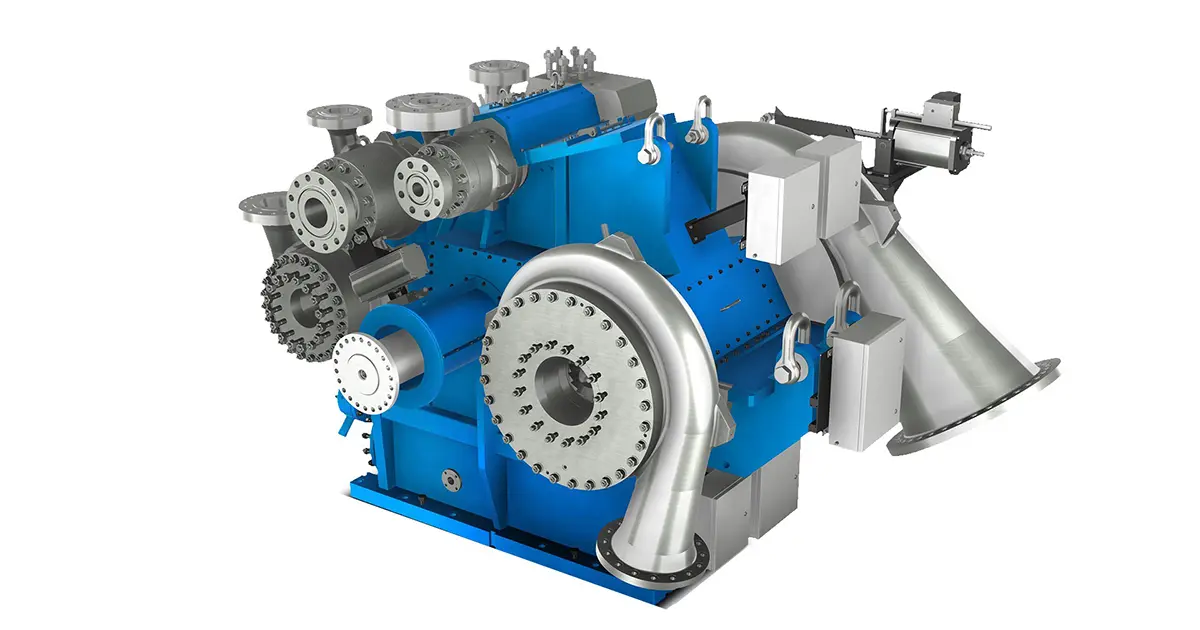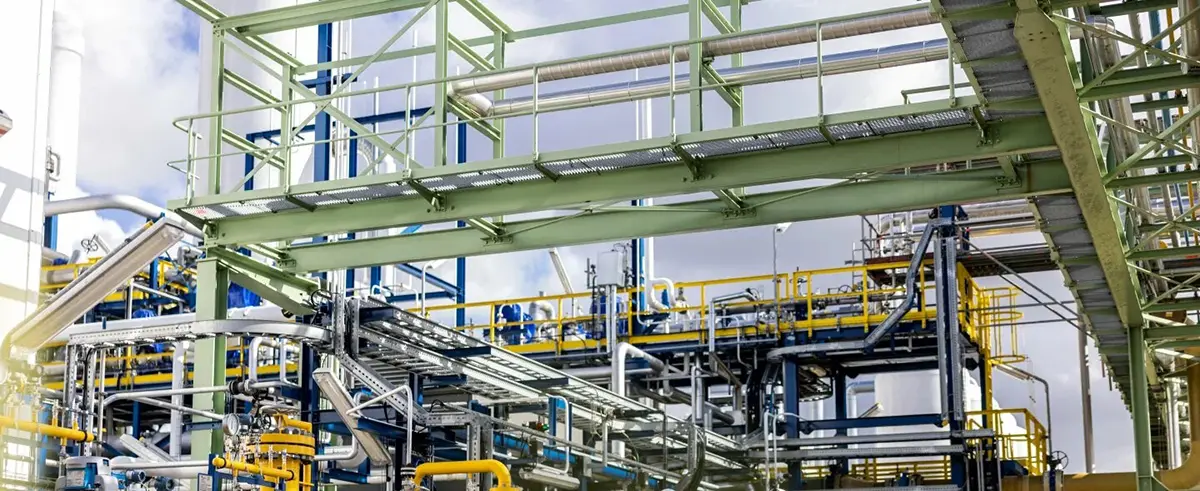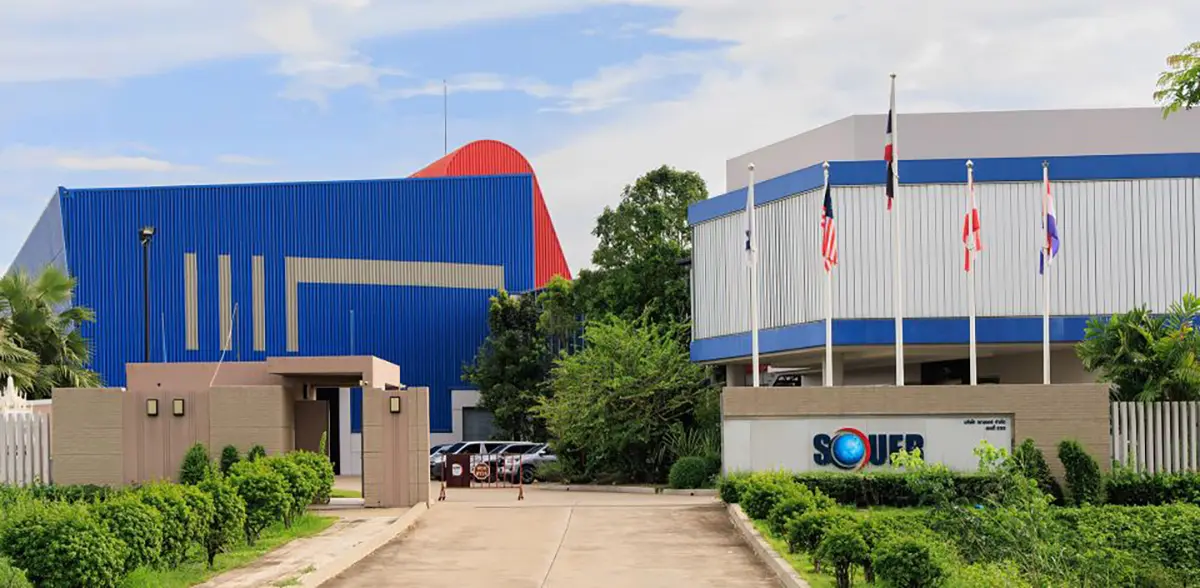
US$1.5 Billion Hydrogen, SAF Hub For Pittsburgh International Airport

To accelerate regional and national hydrogen and sustainable aviation fuel (SAF) development, KeyState Energy (KeyState), CNX Resources Corp. (CNX), and Pittsburgh International Airport (PIT) are collaborating on an integrated facility that can produce up to 74,957 tons (68,000 tonnes) of hydrogen annually, or sustainable aviation fuel (SAF) exclusively, up to 70 million gallons (265 million liters) per year. The plant will offer the flexibility to produce both products simultaneously at lower varying individual volumes and customize production to meet specific demands. Building upon CNX and PIT’s previously announced alternative fuel strategy in 2022, this initiative supports the national goal of significantly reducing hard-to-abate sectors’ emissions by 2030, positioning the region as a key player in the hydrogen and SAF industries.
KeyState and CNX recently signed a letter of intent (LOI) to advance the approximately US$1.5 billion project that is expected to support 3000 direct construction jobs through the development phase. However, the project is dependent on the US Department of Treasury enabling a pathway for ultra-low carbon intensity fugitive coal mine methane (CMM) under the 45V Hydrogen Production Tax Credit. The partners are evaluating several potential market targets for the usage of SAF in the aviation industry and clean hydrogen for local heavy trucks and equipment, and power generation, among other applications for hard-to-abate sectors of the economy.
“Because of this exciting new project, Pittsburgh International Airport will become home to one of the largest facilities in the nation that specializes in the innovative process of using hydrogen gas to produce SAF,” said Pennsylvania Senator Bob Casey. “It will help support thousands of new union jobs and provide a look at how cutting-edge innovation in Pennsylvania is helping to build the energy economy of the future.”
Produced from a variety of sources, including waste feedstocks, SAF can drastically reduce the lifecycle carbon emissions of air travel, making it the best decarbonization lever available to the aviation industry to reach net zero. However, due to production and cost issues, SAF currently accounts for less than 1% of global commercial airline consumption. A facility of the proposed size and scope would produce enough alternative fuel to supplant nearly all traditional jet fuel consumption at PIT at a price on par with conventional Jet A.
According to CNX, mixing just 10% SAF with regular jet fuel can power thousands of flights annually, significantly reducing emissions. The integrated facility further positions PIT as an industry leader, making it even more attractive for passenger and cargo flights.
A 2021 study from the US Department of Energy’s National Energy Technology Laboratory (NETL) confirmed that constructing and operating a gas-to-liquids SAF facility at PIT is technically feasible through the use of onsite natural gas production and net-zero or net-negative greenhouse gas emissions feedstocks to produce SAF.
Additionally, the groups announced they are seeking a federal grant to conduct a logistics study to inform a project hub and transportation network investment strategy. Using FAST SAF grant funds under the Inflation Reduction Act (IRA) and awarded by the Federal Aviation Administration, the Tier 1 logistics study would advance local SAF development by informing how fuels produced at PIT can be cost-effectively transported to nearby airports throughout the Northeast and Midwest. The entities plan to evaluate transporting SAF through various modes, including the use of existing infrastructure or constructing new pipeline infrastructure, barge, and rail. Providing excess SAF to other regional airports will increase energy security, reduce dependence on foreign supply chains, and reduce lifecycle greenhouse gas emissions.
Successful completion of the logistics study could yield significant investment in constructing the hydrogen and SAF facility on PIT grounds, which would double as onsite fuel storage and further stabilize fuel supply in the event of disruptions.
Commencing in 2014, the partnership between PIT and CNX has helped transform the Pittsburgh region’s economic development hub. Innovations include development of a microgrid making PIT the first airport in the world to be completely powered by natural gas and solar energy.
Pending the outcome of the forthcoming US Department of Treasury implementation rules for the IRA’s tax credit provisions, the project would leverage ultra-low carbon intensity waste CMM emissions as feedstock to create low-cost, low-carbon alternative fuels. As part of the project’s development, the partners intend to clarify that the products meet the requirements and specifications for clean hydrogen and SAF as determined by the applicable agency.
KeyState serves as project developer and, with its development partners, will secure project financing while CNX will provide feedstock services and other technical engineering support to the project. The airport will provide strategic advisory planning and industry expertise.
The Allegheny Conference on Community Development recently completed an analysis of CMM as a pathway to a hydrogen economy in the Southwestern Pennsylvania region. The findings identified more than 30 projects that can be deployed within the next 15 years if the full IRA tax credits can be used potentially creating more than 200,000 direct construction jobs and more than US$213 billion in economic output.









